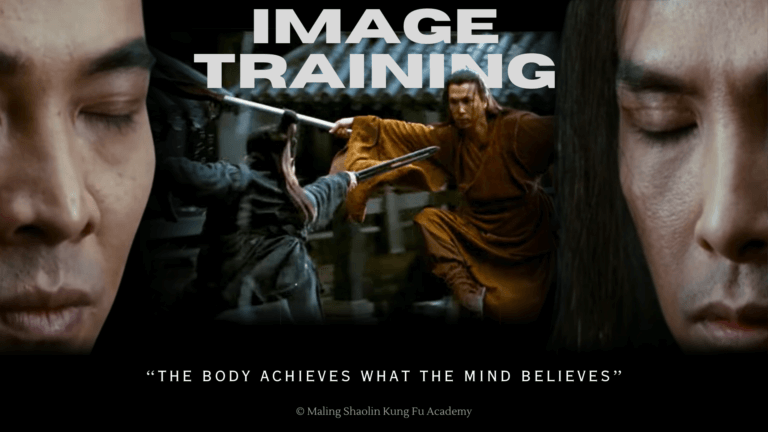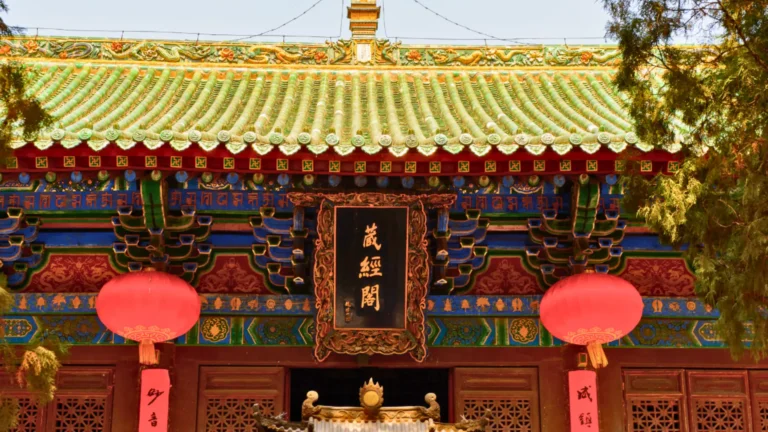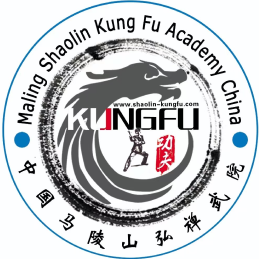Origins, Philosophy, and Practical Techniques
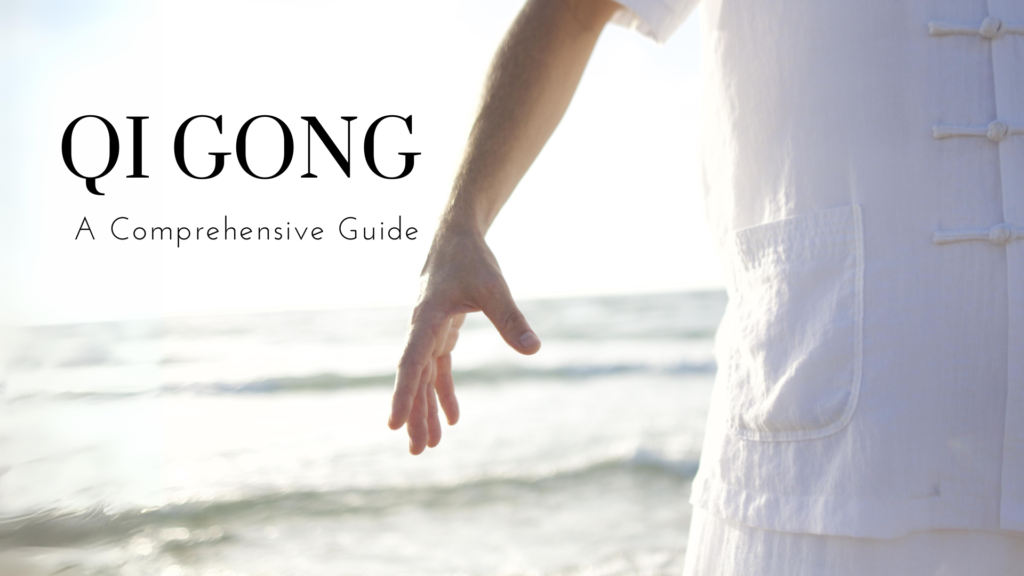
Qi Gong, often referred to as the ancient Chinese art of cultivating energy, has a history that spans thousands of years. Rooted in Taoist and Buddhist philosophies, Qi Gong encompasses a wide range of practices aimed at enhancing physical health, mental well-being, and spiritual development. In this comprehensive guide, we’ll explore the origins of Qi Gong, delve into its underlying philosophy, and delve into practical techniques for both soft and hard Qi Gong.
Origins of Qi Gong
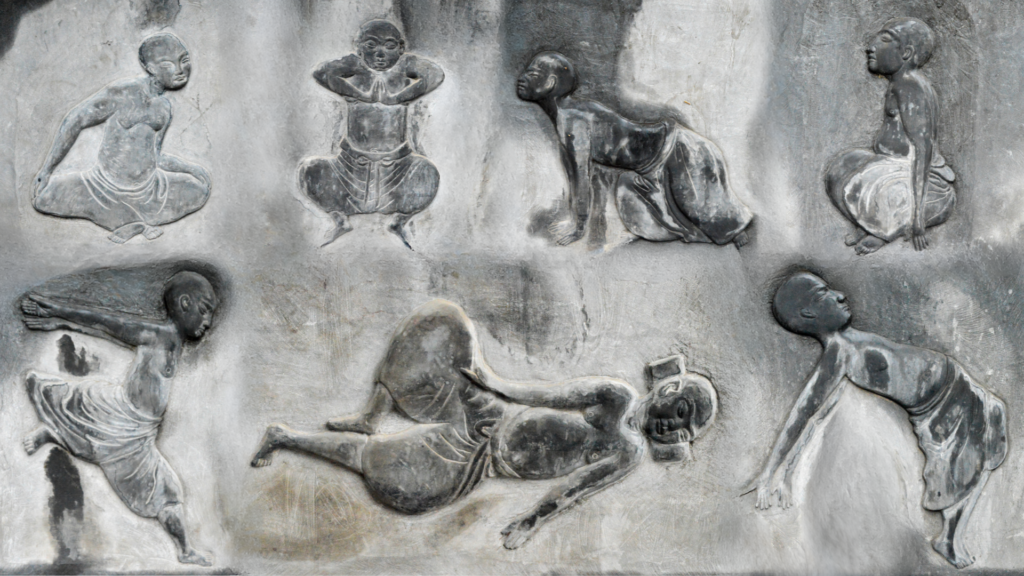
The origins of Qi Gong can be traced back over 4,000 years to ancient China, where it emerged as a holistic approach to health and vitality. Drawing inspiration from Taoist alchemy, Buddhist meditation, and traditional Chinese medicine, Qi Gong was developed as a means of harmonizing the flow of “Qi,” or vital energy, within the body (while “Gong” denotes the skill cultivated through disciplined effort). Over time, Qi Gong evolved into a multifaceted discipline, encompassing a diverse array of techniques and practices aimed at promoting physical, mental, and spiritual well-being.
Philosophy of Qi Gong
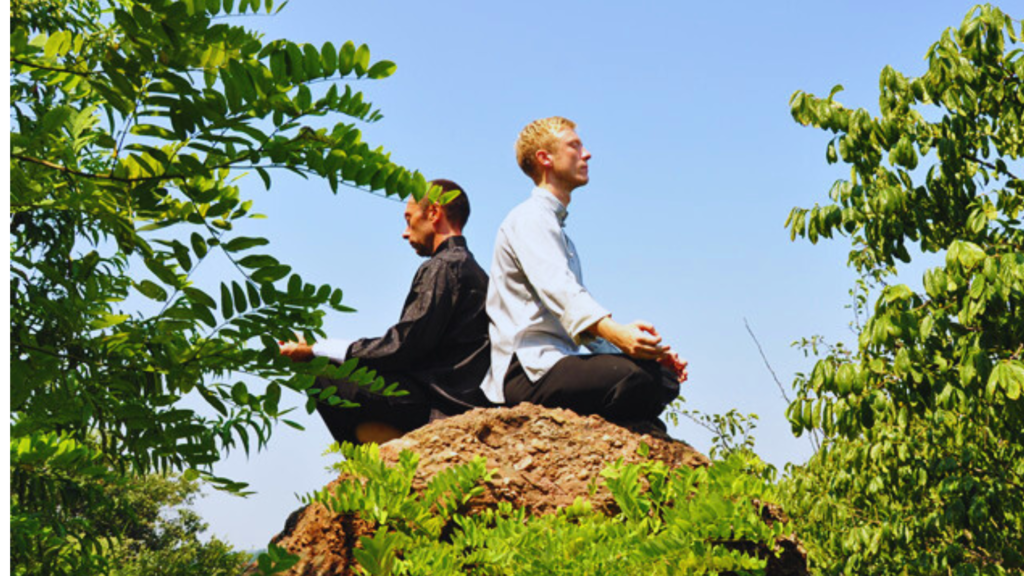
At the heart of Qi Gong philosophy lies the concept of Qi, often described as the fundamental life force that animates all living beings. According to traditional Chinese medicine, Qi flows through the body along meridian pathways, nourishing organs, tissues, and cells while maintaining overall health and vitality. Qi Gong seeks to cultivate and balance the flow of Qi through various means, including breath control, movement, meditation, and visualization. By aligning with the natural rhythms of the universe and harmonizing the mind, body, and spirit, practitioners of Qi Gong aim to achieve a state of optimal health and inner peace.
Soft vs Hard Qi Gong
Soft Qi Gong and Hard Qi Gong are two different approaches within the broader spectrum of Qi Gong practices. While both share the fundamental principles of cultivating and balancing Qi (vital energy), they differ in their emphasis, techniques, and objectives. Let’s explore their distinctions:
Practical Techniques: Soft Qi Gong
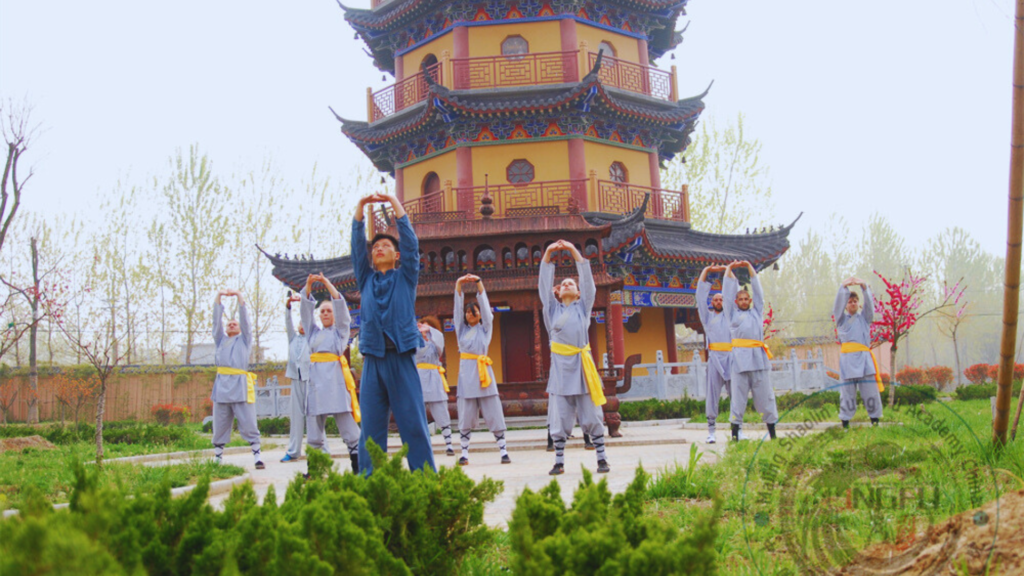
Soft Qi Gong, otherwise known as Internal Qi Gong or Meditative Qi Gong, encompasses gentle, flowing movements and relaxed breathing techniques aimed at promoting relaxation, stress relief, and emotional balance. One of the most well-known forms of soft Qi Gong is Tai Chi, a graceful martial art characterized by slow, fluid movements and deep, diaphragmatic breathing. Tai Chi promotes flexibility, coordination, and mindfulness while cultivating a sense of inner tranquility and centeredness. Other forms of soft Qi Gong include Ba Duan Jin (Eight Brocades), a series of gentle stretching exercises aimed at improving circulation and joint mobility, and Wu Qin Xi (Five Animal Qi Gong Exercises), a set of movements based on the movements of animals in nature.
Emphasis on Stillness
Meditative (Soft) Qi Gong, as the name suggests, places a stronger emphasis on stillness and inner awareness. The practice involves less physical movement and more focus on mindfulness, breath control, and meditation.
Mindful Presence
In Soft Qi Gong, practitioners may adopt static postures or engage in slow, deliberate movements with an emphasis on mindful presence. The goal is to cultivate a deep sense of awareness and connection to the present moment.
Breath-Centered Meditation
Meditation plays a central role in Meditative Qi Gong. The focus is on breath-centered meditation techniques that calm the mind, regulate the breath, and guide the flow of Qi internally.
Internal Exploration
Rather than external movements, Internal (Soft) Qi Gong encourages internal exploration, fostering a heightened awareness of the subtle sensations of Qi within the body. This introspective approach aims to balance and harmonize the internal energy.
Examples
Zhan Zhuang (Standing Like a Tree) is another classic example of Meditative Qi Gong. Practitioners hold specific standing postures, focusing on relaxation, breath awareness, and internal energy cultivation.
Practical Techniques: Hard Qi Gong

Hard Qi Gong, also known as External Qi Gong or Dynamic Qi Gong, focuses on developing physical strength, endurance, and resilience through rigorous training and conditioning exercises. Unlike soft Qi Gong, which emphasizes relaxation and flow, Hard Qi Gong involves intense physical exertion and dynamic movement. Iron Shirt Qi Gong (Tiěbùshān), for example, involves specialized breathing techniques and body postures aimed at strengthening the muscles, bones, and connective tissues to withstand physical impact. Similarly, Golden Bell Qi Gong (Jīnzhōngzhào) focuses on toughening the body’s surface by striking specific acupressure points and using herbal liniments to stimulate Qi flow and enhance resilience.
Emphasis on Movement
Dynamic (Hard) Qi Gong places a primary focus on physical movements, often incorporating a series of flowing and rhythmic exercises. These movements are designed to stimulate the flow of Qi through the body’s energy channels and enhance circulation.
Physical Exercise
Practitioners of Dynamic Qi Gong engage in purposeful, coordinated movements that may involve stretching, twisting, bending, and repetitive motions. These exercises are thought to promote flexibility, balance, and strength.
Breath Coordination
While breath is an essential component in all Qi Gong practices, Dynamic Qi Gong places emphasis on coordinating specific movements with the breath. Breath is synchronized with physical actions to optimize the flow of Qi and enhance the mind-body connection.
Energetic Activation
The dynamic nature of these exercises is believed to activate and circulate Qi throughout the body. This can lead to increased vitality, improved organ function, and a sense of invigoration.
Examples
Hard Qi Gong utilizes rigorous conditioning methods such as striking iron balls against the body, external strikes against hard surfaces, and brick breaking to toughen the skin, muscles, and bones. These practices aim to enhance physical resilience, bone density, and mental focus, enabling practitioners to withstand impact and perform feats of strength with ease.
Qi Gong Through the Ages
The history of Qi Gong is rich and spans thousands of years, deeply intertwined with the development of traditional Chinese medicine, martial arts, and spiritual practices. Here are some key points about the history of Qi Gong:
Ancient Origins
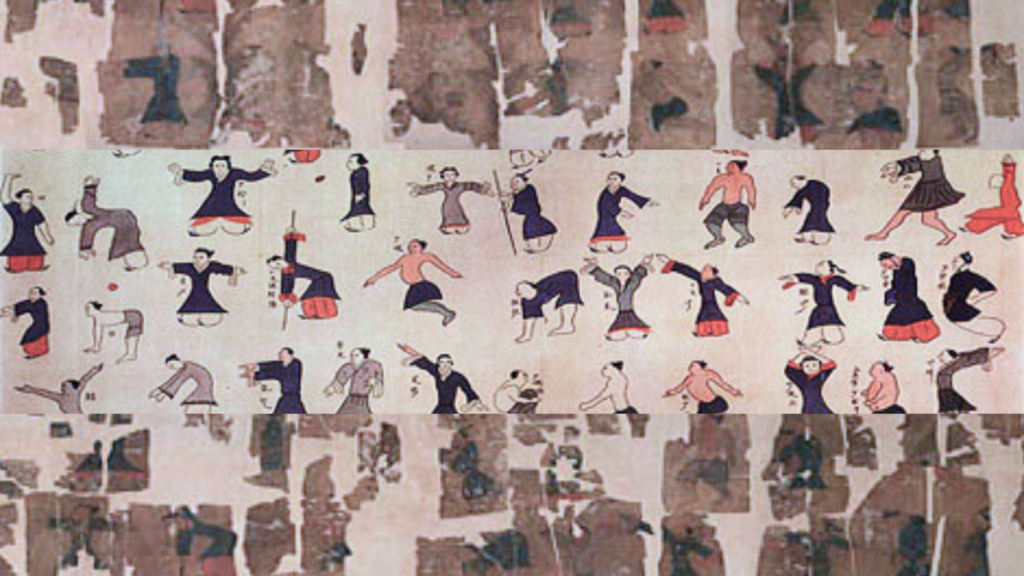
The roots of Qi Gong can be traced back to ancient China, where it emerged as a holistic system of health and vitality. The earliest recorded references to Qi Gong date back to the Zhou Dynasty (1046–256 BCE) and the Warring States Period (475–221 BCE), where it was practiced by Taoist hermits and martial artists seeking longevity, vitality, and spiritual enlightenment.
Taoist Influence
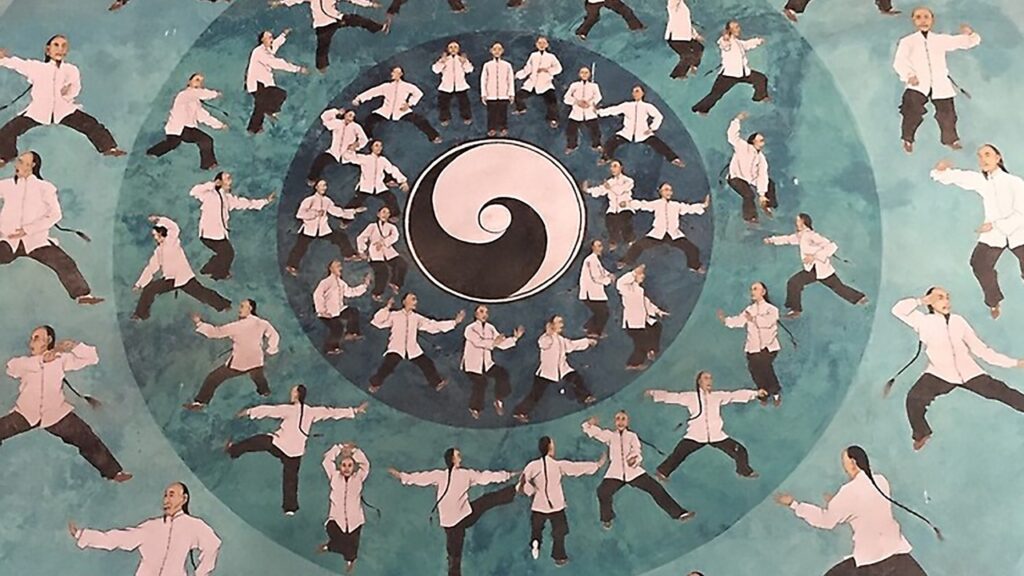
Qi Gong was heavily influenced by Taoist philosophy and alchemical practices, particularly during the Han Dynasty (206 BCE – 220 CE). Taoist sages such as Laozi and Zhuangzi emphasized the cultivation of Qi through breath control, meditation, and movement exercises to achieve immortality and spiritual transcendence. These early Taoist practices laid the foundation for the development of Qi Gong as a system of energy cultivation and inner alchemy.
Buddhist Influence
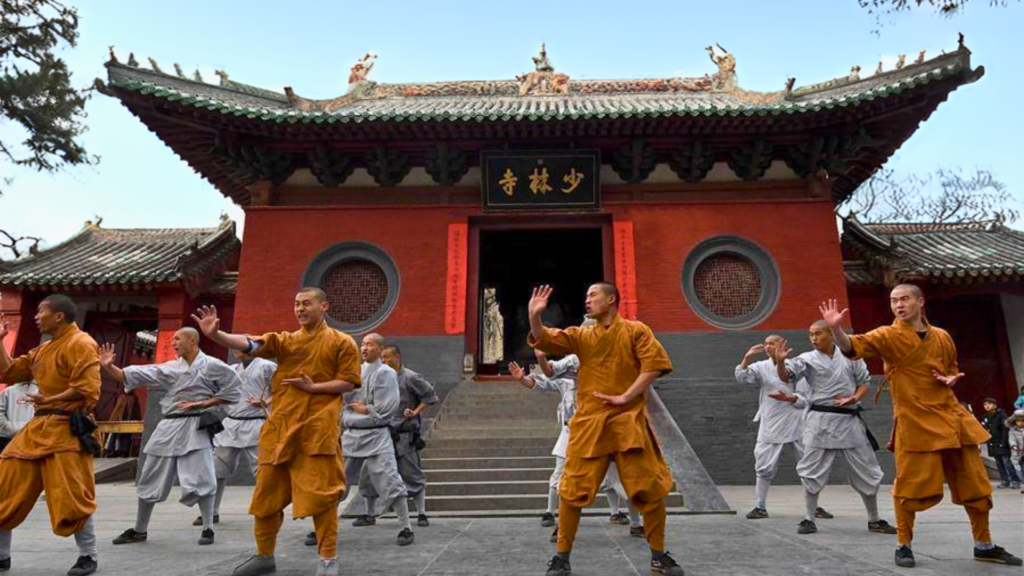
In addition to Taoist practices, Qi Gong was also influenced by Buddhist meditation techniques and martial arts. During the spread of Buddhism in China, Buddhist monks integrated Qi Gong into their meditation and mindfulness practices, incorporating breath control, visualization, and movement exercises to cultivate Qi and enhance spiritual development. This integration of Taoist and Buddhist principles gave rise to a diverse range of Qi Gong practices aimed at promoting physical health, mental clarity, and spiritual awakening.
Medical Applications
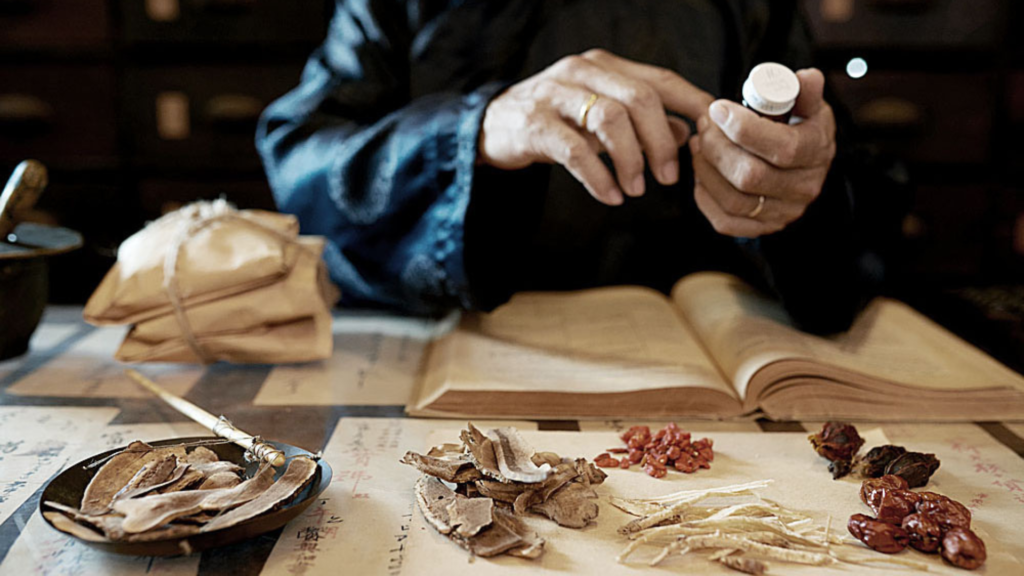
Qi Gong became closely associated with traditional Chinese medicine (TCM), where it was used as a complementary therapy to promote healing, prevent illness, and restore balance to the body’s Qi. Qi Gong exercises were prescribed by TCM practitioners to address specific health conditions, such as chronic pain, digestive disorders, and emotional imbalances, by regulating the flow of Qi through the body’s meridian pathways. Over time, Qi Gong became recognized as a valuable tool for maintaining health and preventing disease, alongside acupuncture, herbal medicine, and dietary therapy.
Modern Developments
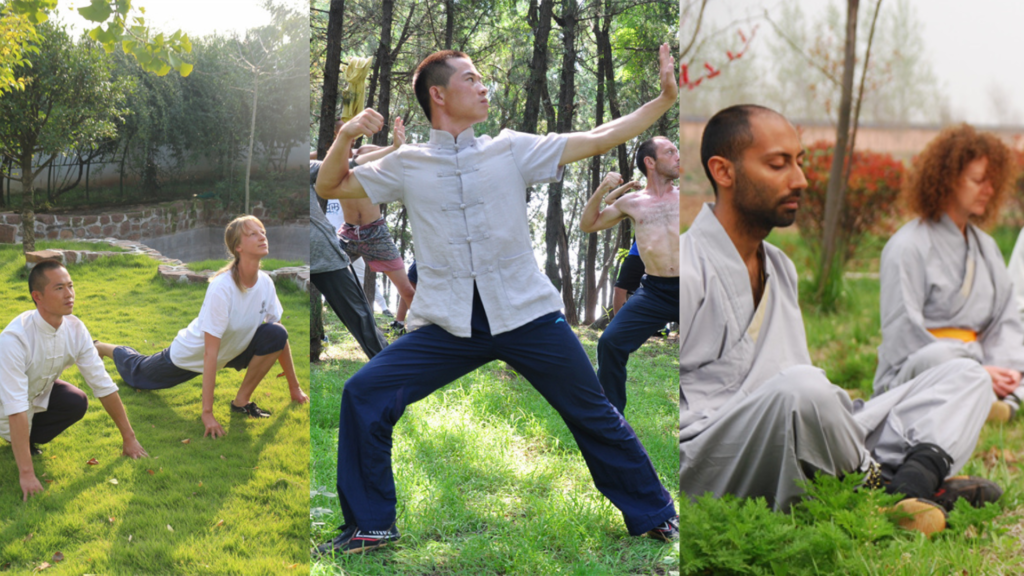
In the 20th century, Qi Gong experienced a resurgence in popularity in China and around the world, spurred by increased interest in traditional Chinese culture, martial arts, and alternative medicine. The Chinese government officially recognized Qi Gong as a form of health exercise and established institutes and research centers to study its therapeutic effects. Today, Qi Gong is practiced by millions of people worldwide for its myriad health benefits, including stress reduction, improved immunity, and enhanced vitality.
Conclusion
Qi Gong, with its roots deeply embedded in ancient Chinese philosophy and medicine, offers a holistic approach to health and wellness that addresses the interconnectedness of mind, body, and spirit. Whether practicing soft Qi Gong for relaxation and stress relief or engaging in hard Qi Gong for physical conditioning and martial arts training, individuals of all ages and fitness levels can benefit from incorporating Qi Gong into their daily routine. By cultivating Qi and harmonizing the flow of energy within the body, practitioners of Qi Gong can achieve a state of vibrant health, inner peace, and spiritual awakening.
MSKFA Styles: Qi Gong
Interested to learn more about Qi Gong? Here at Maling Shaolin Kung Fu Academy, we offer a wide range of disciplines including Northern Shaolin Kung Fu, Sanda, Tai Chi, Wing Chun, Baji, Xingyi, Bagua, and Animal Styles, among others. In fact, Qi Gong is a specialty of Head Master Bao! Click below to check out more on our styles and offerings:

